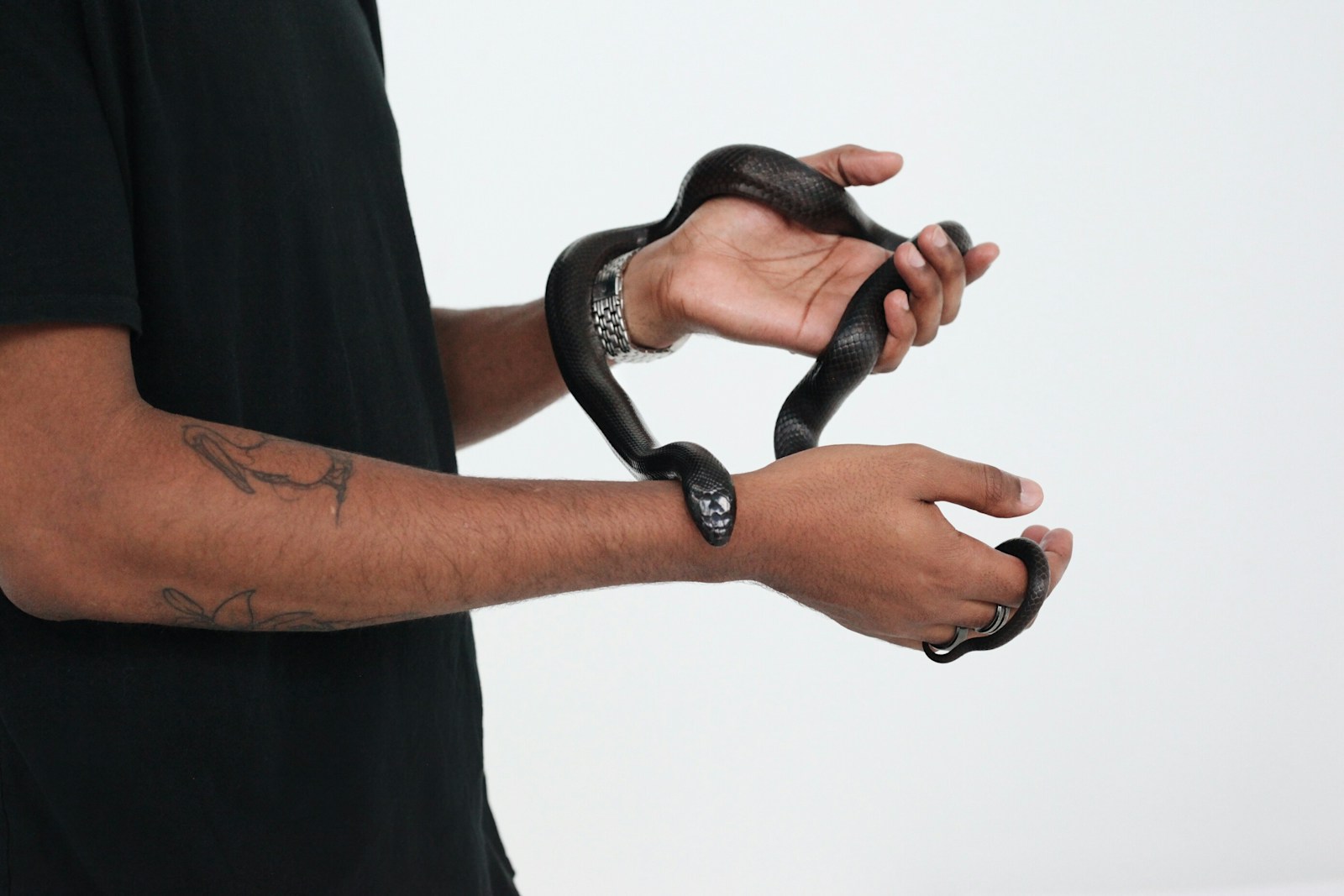Maintaining the health of a pet snake requires vigilance and familiarity with the signs of common illnesses. Unlike mammals that may vocalize or display obvious symptoms when unwell, snakes often exhibit subtle changes that can be easy to miss for inexperienced owners. Recognizing these early warning signs can make the difference between quick treatment and serious health complications. This comprehensive guide aims to equip snake owners with the knowledge to identify common ailments, understand their causes, and know when to seek veterinary care. By becoming more attuned to your snake’s normal behavior and appearance, you’ll be better positioned to notice when something isn’t right.
Respiratory Infections: The Silent Threat
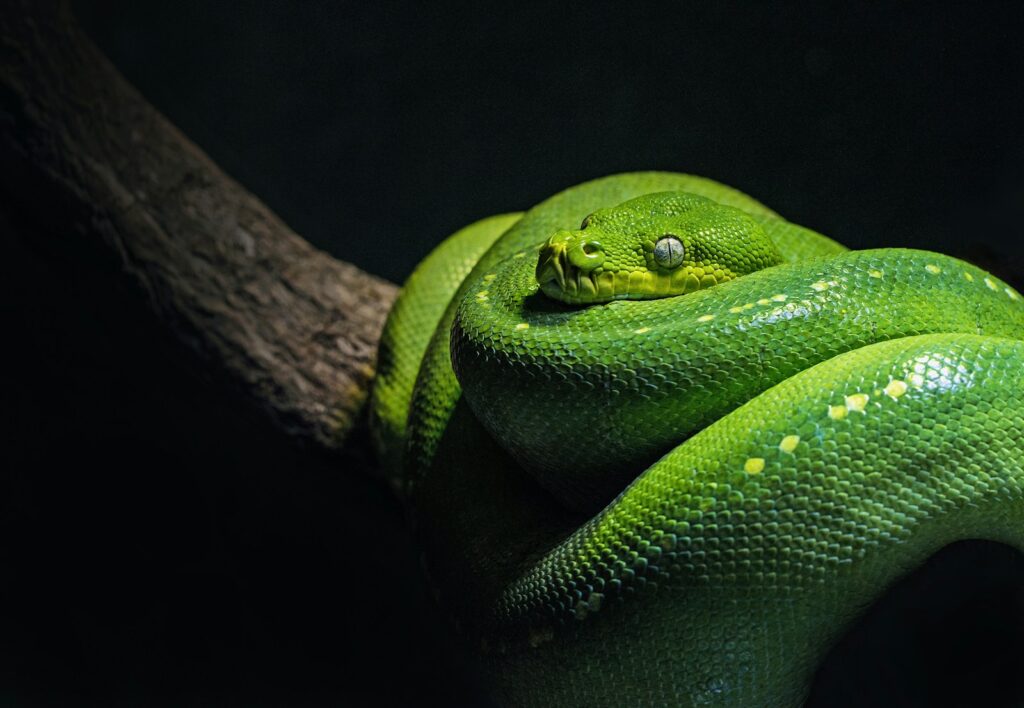
Respiratory infections are among the most common ailments affecting captive snakes, often resulting from inadequate temperature gradients or excessive humidity. The classic signs include open-mouth breathing, wheezing sounds during respiration, and bubbling or mucus around the mouth or nostrils. You might also notice your snake holding its head at an elevated angle as it struggles to breathe properly. If left untreated, respiratory infections can progress to pneumonia, which can be fatal. Prompt veterinary attention and antibiotics are typically necessary to resolve these infections, along with correcting any environmental issues in the enclosure that may have contributed to the illness.
Scale Rot: When Moisture Becomes the Enemy
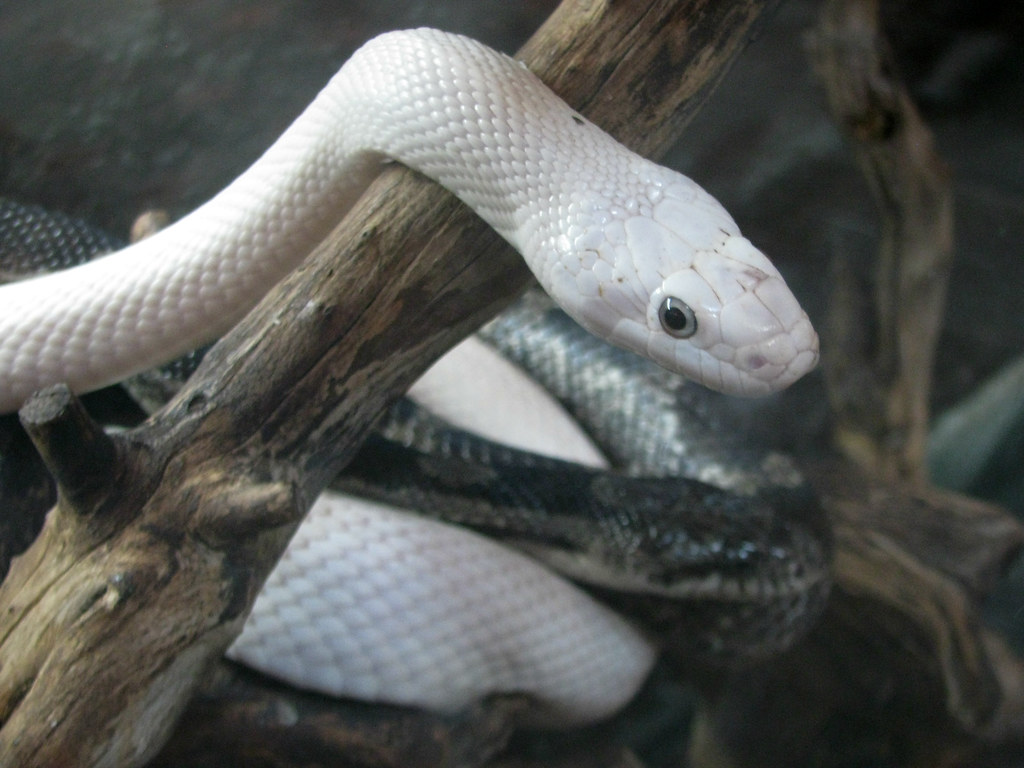
Scale rot (infectious dermatitis) develops when a snake is kept in overly damp conditions or dirty environments that promote bacterial growth. The condition manifests as discolored, raised, or blistered scales, often starting on the belly where contact with wet substrate is most prolonged. In advanced cases, you might observe redness, bleeding, or even a foul odor from the affected areas. Scale rot requires immediate intervention through enclosure cleaning, topical treatments prescribed by a veterinarian, and sometimes systemic antibiotics. Prevention involves maintaining proper hygiene in the habitat and ensuring the snake has access to dry areas at all times.
Mouth Rot (Infectious Stomatitis): Oral Warning Signs
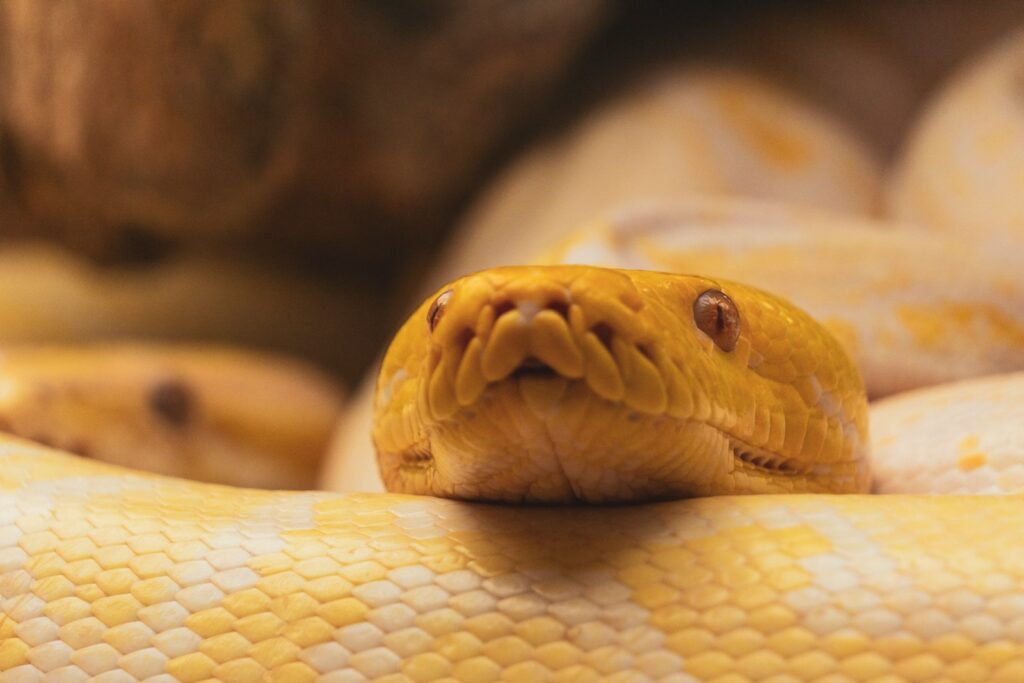
Infectious stomatitis, commonly known as mouth rot, appears as inflammation, redness, or cheesy discharge around the gums and inside the mouth of affected snakes. This bacterial infection often begins after minor trauma to the mouth tissues or as a secondary complication from a weakened immune system. Affected snakes may display excessive saliva, difficulty closing their mouths completely, or reluctance to eat due to pain. In severe cases, the infection can spread to the bone, causing permanent damage to the jaw structure. Treatment typically involves cleaning the mouth area, administering antibiotics, and sometimes surgical debridement of severely necrotic tissue by a qualified reptile veterinarian.
Parasitic Infestations: Hidden Hitchhikers

Both internal and external parasites can plague pet snakes, with symptoms varying depending on the specific parasite involved. External parasites like mites appear as tiny moving specks (often black or red) between scales, around the eyes, or in the heat pits of certain species. Internal parasites typically manifest through weight loss despite normal feeding, abnormal feces, regurgitation, or a general failure to thrive. Diagnostic testing often requires fecal examination by a veterinarian to identify specific internal parasites. Treatment protocols differ based on the parasite type but may include specialized baths for external parasites or oral medications for internal issues, along with thorough cleaning of the enclosure to prevent reinfestation.
Inclusion Body Disease (IBD): The Feared Diagnosis
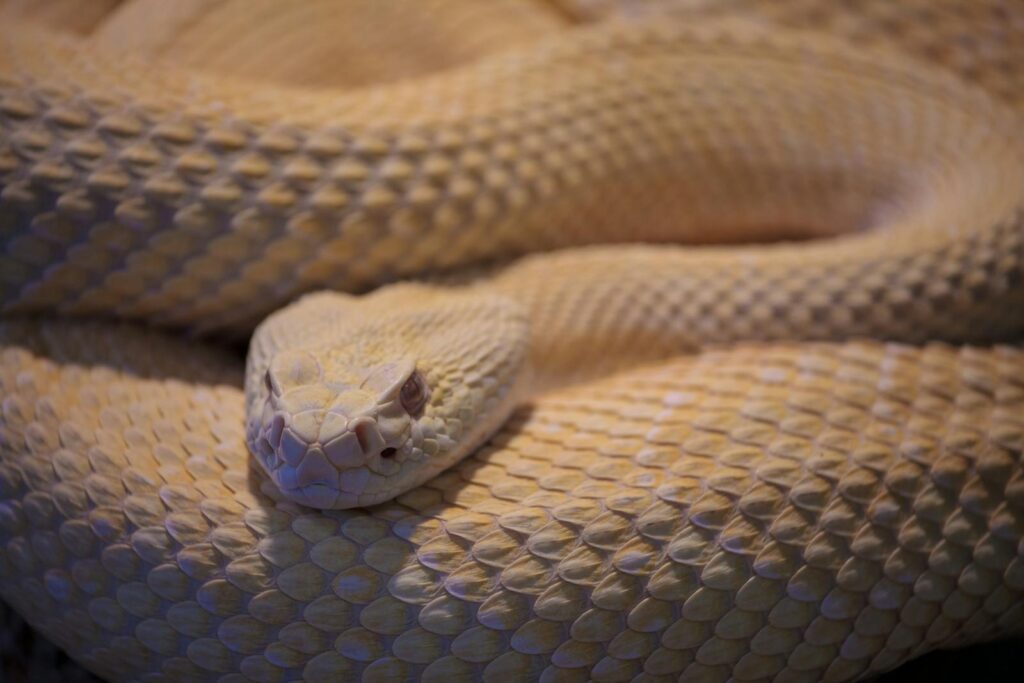
Inclusion Body Disease is a devastating viral condition primarily affecting boas and pythons, though other species can also contract it. Early signs include abnormal shedding patterns, disorientation, and difficulty righting themselves when placed on their backs (known as the “stargazing” position). As the disease progresses, neurological symptoms worsen, potentially leading to complete paralysis. Unfortunately, IBD has no known cure and is highly contagious among snakes, often necessitating euthanasia of affected individuals. Because of its serious nature, any snake showing potential neurological symptoms should be immediately isolated from other reptiles and evaluated by a specialist reptile veterinarian.
Dysecdysis: When Shedding Goes Wrong

While not technically a disease, dysecdysis (abnormal shedding) indicates underlying health or husbandry issues that require attention. Healthy snakes should shed their skin in one complete piece, but problems arise when patches of old skin remain stuck, particularly around the eyes (spectacles) or tail tip. Retained eyecaps can lead to vision problems and infection, while accumulated retained sheds can constrict blood flow to extremities. Common causes include inadequate humidity, dehydration, malnutrition, or underlying skin infections. Addressing improper shedding involves carefully raising humidity levels, providing rough surfaces for the snake to rub against, and sometimes gently assisting with removal after proper soaking—though eye caps should only be removed by experienced handlers or veterinarians.
Crypto (Cryptosporidiosis): A Devastating Intestinal Pathogen
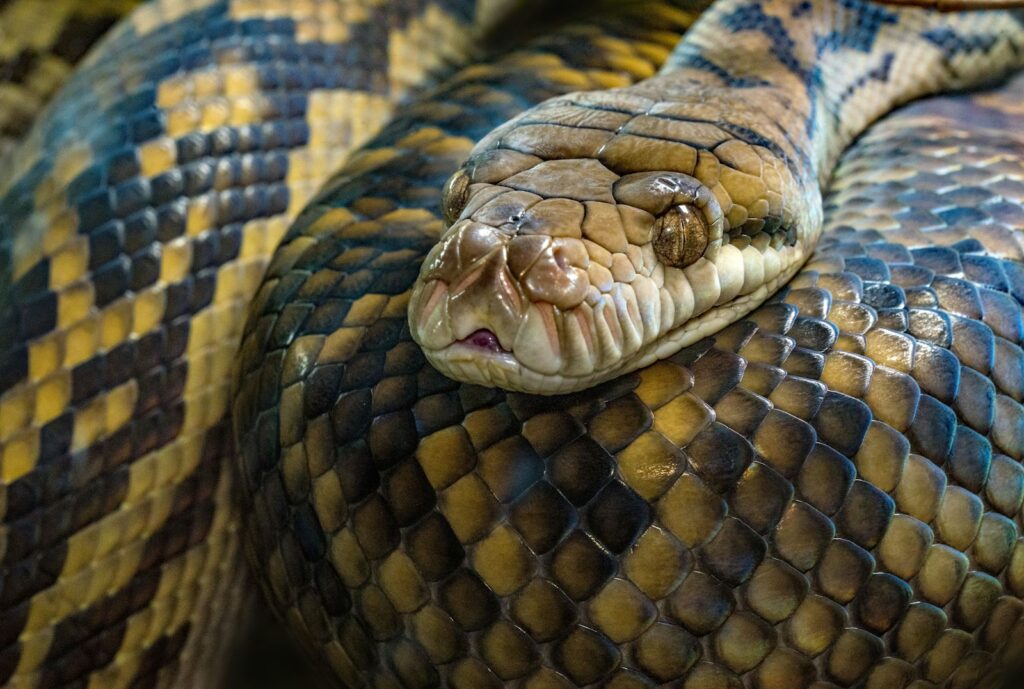
Cryptosporidiosis is a particularly concerning protozoan infection that attacks the digestive tract of snakes, causing chronic regurgitation, weight loss, and midBody swelling despite regular feeding attempts. The parasite damages the intestinal lining, preventing proper nutrient absorption and creating a characteristic “popeye” appearance as the middle portion of the snake becomes distended. What makes crypto especially troublesome is its resistance to many treatments and its highly contagious nature between reptiles. Diagnosis requires specialized testing, and while some treatment protocols exist, they often manage rather than cure the condition. Prevention through strict quarantine procedures for new animals is essential, as this disease can devastate entire collections.
Burns: Environmental Hazards

Thermal burns represent a common but preventable injury in captive snakes, usually resulting from unprotected heat sources or malfunctioning thermostats. Burns appear as reddened, blistered, or darkened areas on the skin, sometimes with the top layer sloughing off prematurely. Severe burns can penetrate deeper tissues and become infected without proper treatment. Immediate first aid involves gently cooling the area (never with ice) and seeking veterinary care for wound assessment and pain management. Prevention requires properly guarding all heating elements, using thermostats with fail-safes, and providing thermal gradients so snakes can self-regulate their body temperature without direct contact with heating elements.
Obesity and Nutritional Disorders: Balance is Key
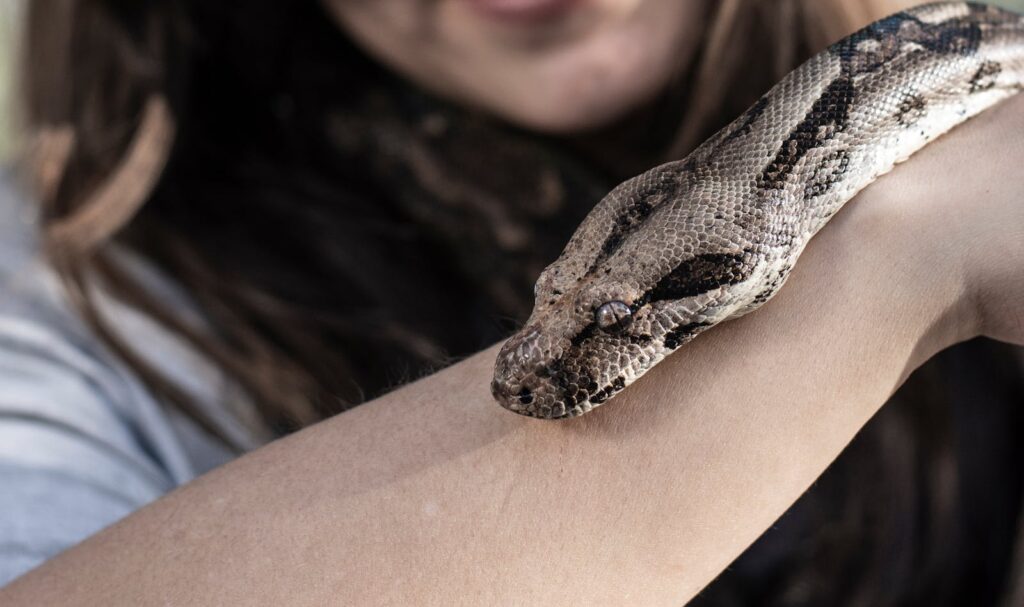
Both overfeeding and malnutrition can lead to serious health complications in pet snakes. Obesity presents as excessive skin folds, difficulty moving, and fatty deposits visible along the body. Conversely, malnutrition may manifest as a triangle-shaped body profile (rather than rounded), prominent spine, or muscle wasting. Specific nutritional deficiencies, particularly calcium deficiency, can lead to metabolic bone disease with symptoms including tremors, difficulty lifting the body, or abnormal jaw alignment. Addressing these issues requires careful evaluation of feeding schedules, prey size, and nutritional content under veterinary guidance. For many species, feeding less frequently than many novice keepers assume is appropriate—adult snakes may only need meals every 2-4 weeks, depending on the species.
Reproductive Complications: When Breeding Goes Wrong
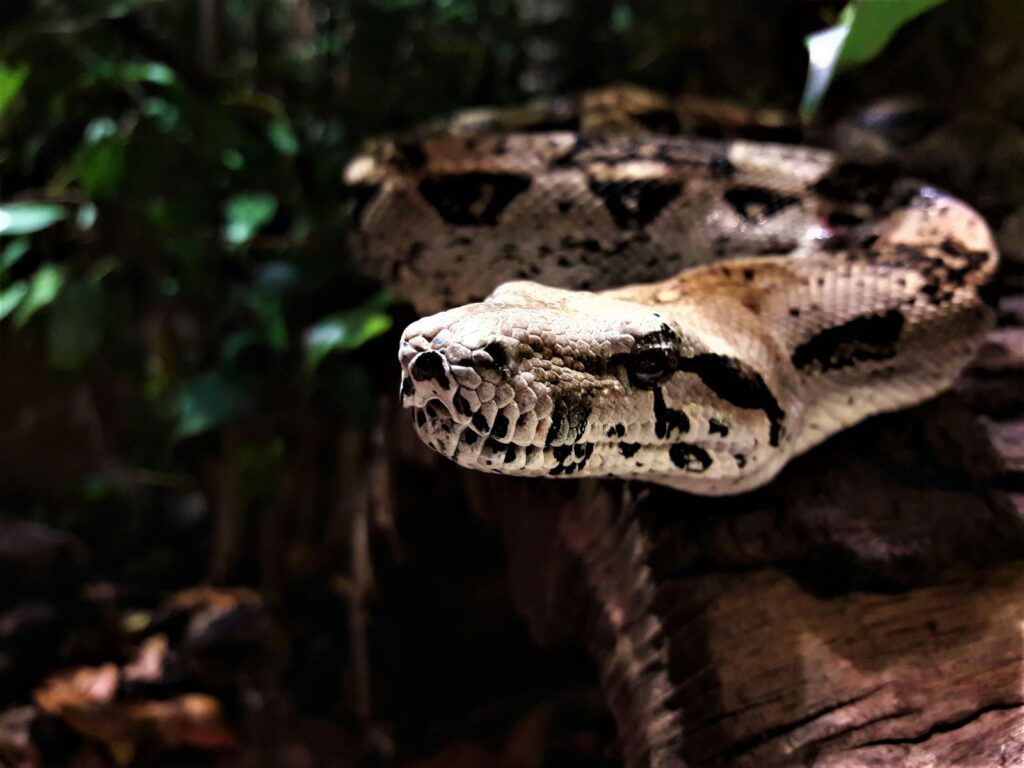
Female snakes can experience serious health issues related to egg production and laying, even without mating (through a process called facultative parthenogenesis in some species). Egg binding (dystocia) occurs when a female cannot pass her eggs or fetuses, resulting in lethargy, straining, partial egg protrusion, or abdominal swelling. This condition requires immediate veterinary intervention as it can quickly become life-threatening. Pre-laying females may also experience calcium deficiency as their bodies divert resources to egg development. While not all reproductive issues are preventable, maintaining optimal nutrition, proper temperatures, and avoiding breeding females that are too young or in poor condition can reduce risks significantly.
Septicemia: When Infection Turns Systemic
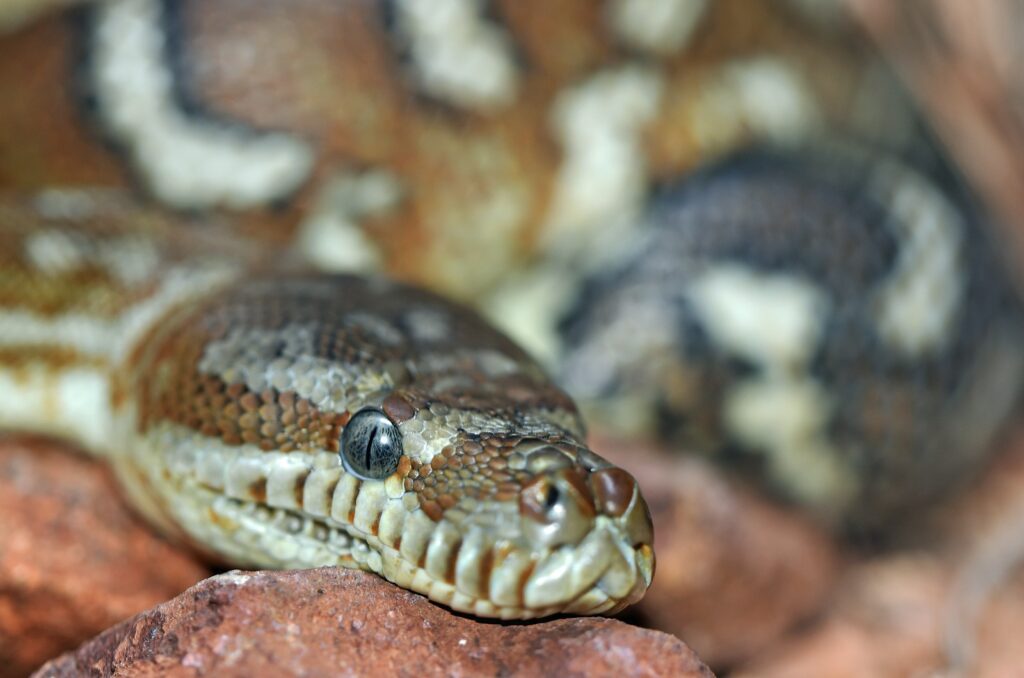
Septicemia occurs when bacteria enter the bloodstream, causing a systemic infection that can rapidly become fatal if untreated. Signs include unusual redness between scales (especially on the belly), lethargy, refusal to eat, and sometimes unusual posturing or difficulty moving. The condition often develops as a secondary complication from untreated wounds, scale rot, or other localized infections that spread throughout the body. Diagnosis typically requires blood tests, and treatment involves aggressive antibiotic therapy administered by a veterinarian. The prognosis depends largely on how quickly the condition is identified and treated, with early intervention offering the best chance of recovery.
When to Seek Emergency Veterinary Care

Certain symptoms warrant immediate veterinary attention, as they may indicate life-threatening conditions. These emergency signs include severe respiratory distress, prolapsed organs, significant bleeding or wounds, inability to move portions of the body, repeated regurgitation, or extreme lethargy where the snake barely responds to handling. Prolonged refusal to eat (beyond normal fasting periods for the species), sudden dramatic weight loss, or signs of severe pain also constitute emergencies. When seeking care, always choose a veterinarian with specific reptile experience, as snake physiology differs significantly from mammalian pets. Keeping a reptile-savvy veterinarian’s contact information readily available before emergencies occur can save precious time during critical situations.
Preventative Health Practices: Your First Line of Defense
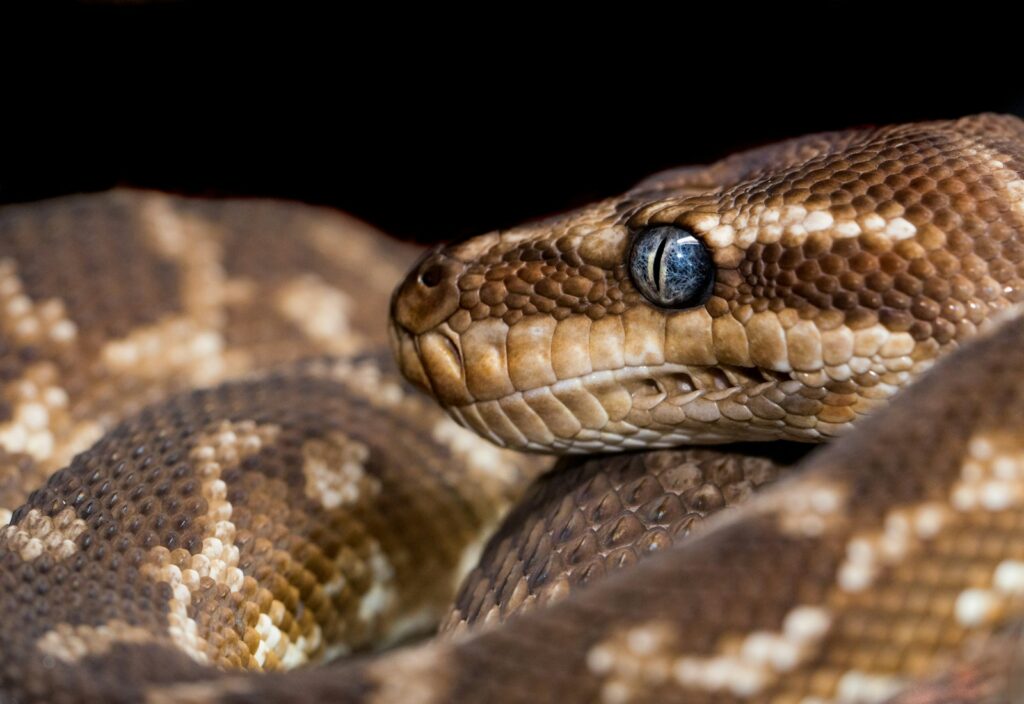
The most effective approach to snake health is prevention through proper husbandry practices tailored to your specific species. This includes maintaining appropriate temperature gradients, humidity levels, and enclosure cleanliness. Regular health checks should involve examining your snake’s skin for abnormalities, observing normal behavior patterns, and monitoring weight through consistent record-keeping. Quarantining new animals for at least 60-90 days before introducing them to existing collections can prevent disease spread. Additionally, annual or bi-annual veterinary check-ups allow for professional assessment and early intervention for developing issues. Remember that stress significantly impacts reptile immune function, so minimizing handling during sensitive periods like shedding or after feeding contributes to overall wellness.
Becoming familiar with the signs of common snake illnesses empowers owners to provide timely, appropriate care for their scaly companions. While this guide offers a foundation for recognizing potential health issues, it’s no substitute for professional veterinary assessment when concerns arise. By combining vigilant observation with proper husbandry practices, snake owners can significantly reduce their pets’ susceptibility to many common ailments. Remember that snakes are masters at hiding illness until conditions become advanced, making regular health monitoring an essential aspect of responsible ownership. With proper care and attention to the subtle cues your snake provides, you can help ensure a long, healthy life for your reptilian companion.

